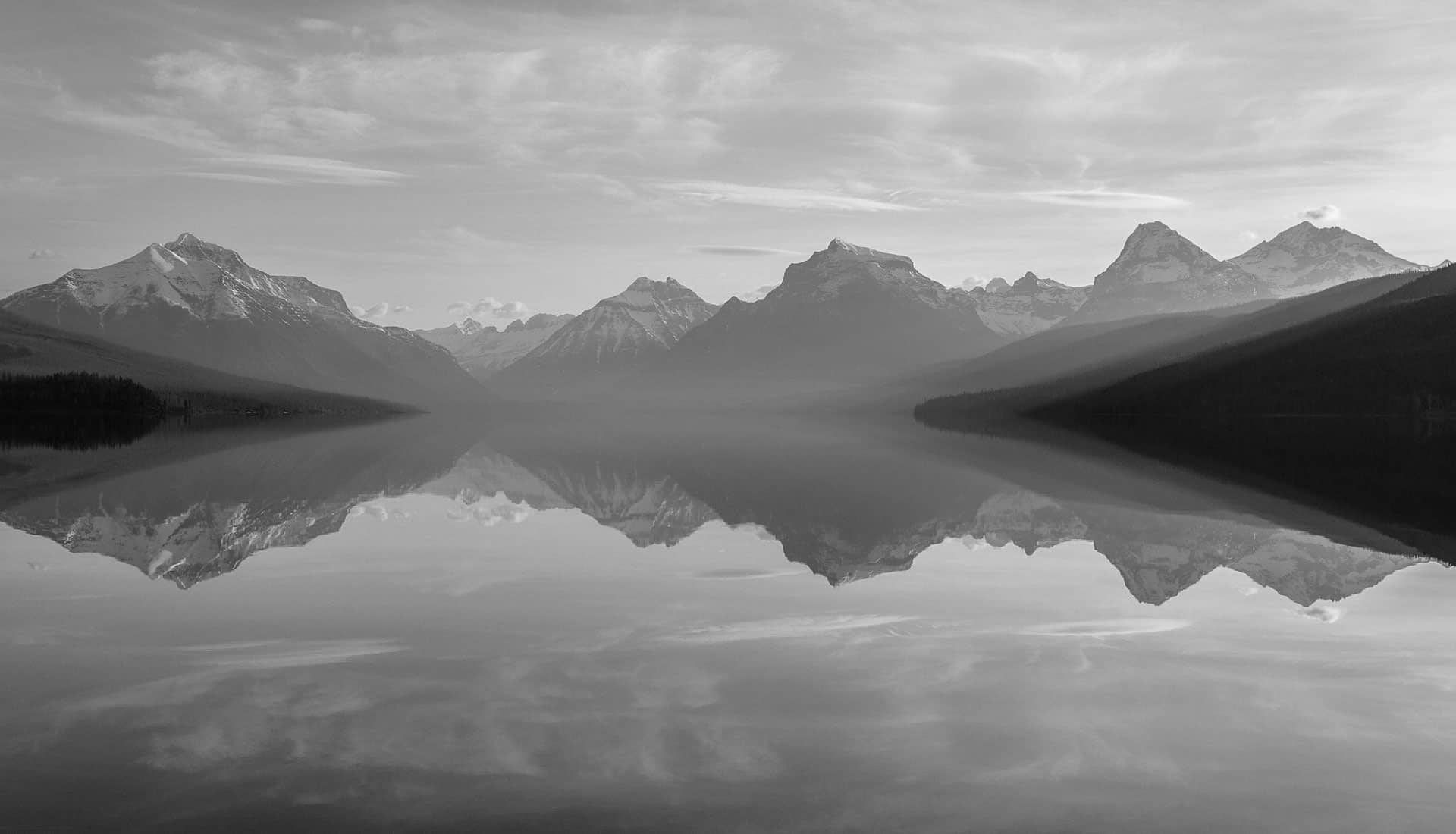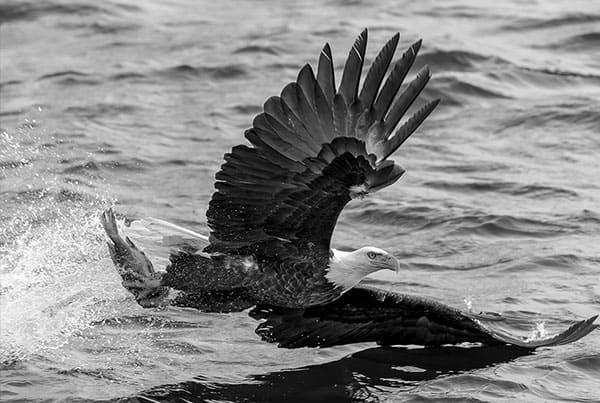Immersed in Nature: The Art of Landscape Photography


There’s something profoundly captivating about landscape photography. It’s not just about snapping pictures of beautiful scenery, but about capturing the essence of nature’s grandeur, the play of light and shadow, and the raw beauty of our planet. Here’s a look into the world of landscape photography and how to master this art form.
Planning and Preparation: Great landscape photography starts with meticulous planning. Research your locations ahead of time. Use tools like Google Earth and weather apps to understand the terrain and the best times for shooting. Scout locations during different times of the day to see how light transforms the landscape.
Light is Everything: The quality of light can make or break a landscape photograph. The golden hours — shortly after sunrise and before sunset — are ideal for capturing landscapes. The soft, warm light during these times can add depth, contrast, and a magical glow to your images. Don’t shy away from shooting during blue hour or even at night to capture different moods.
Composition Techniques: Composition is key to drawing viewers into your images. Use leading lines to guide the viewer’s eye through the frame, whether it’s a winding path, a river, or a row of trees. The rule of thirds can help create balanced and dynamic compositions. Don’t be afraid to break the rules — sometimes a centered subject or an unconventional angle can create striking results.
Using Filters: Filters can be invaluable tools in landscape photography. A polarizing filter can reduce reflections and enhance colors, making skies and foliage more vibrant. Neutral density filters allow for long exposure shots even in bright conditions, capturing the movement of water or clouds, adding a sense of motion and fluidity to your images.
Capturing the Details: While sweeping vistas are stunning, don’t forget to capture the details. Textures in rocks, patterns in the sand, or dewdrops on leaves can add interesting focal points and tell a more comprehensive story of the landscape. Macro lenses can be particularly useful for this.
Patience and Perseverance: Landscape photography often requires patience. Sometimes, you’ll need to wait for the perfect light or weather conditions. Being prepared to revisit locations multiple times can pay off. The right moment might come just after a storm, during a foggy morning, or when the light hits just right.
Post-Processing: Post-processing is where you can bring your landscape photos to life. Adjustments in contrast, saturation, and sharpness can enhance your image without overdoing it. Tools like Adobe Lightroom or Photoshop allow you to fine-tune your photos while maintaining a natural look. Remember, the goal is to enhance the beauty of the landscape, not to create an unrealistic depiction.
Landscape photography is a journey — a blend of adventure, technical skill, and creative vision. It’s about seeing the world through a different lens and capturing the awe-inspiring beauty that surrounds us. Whether you’re hiking to remote locations, braving the elements, or simply exploring your local park, your camera becomes a powerful tool to document and share the wonders of nature.



